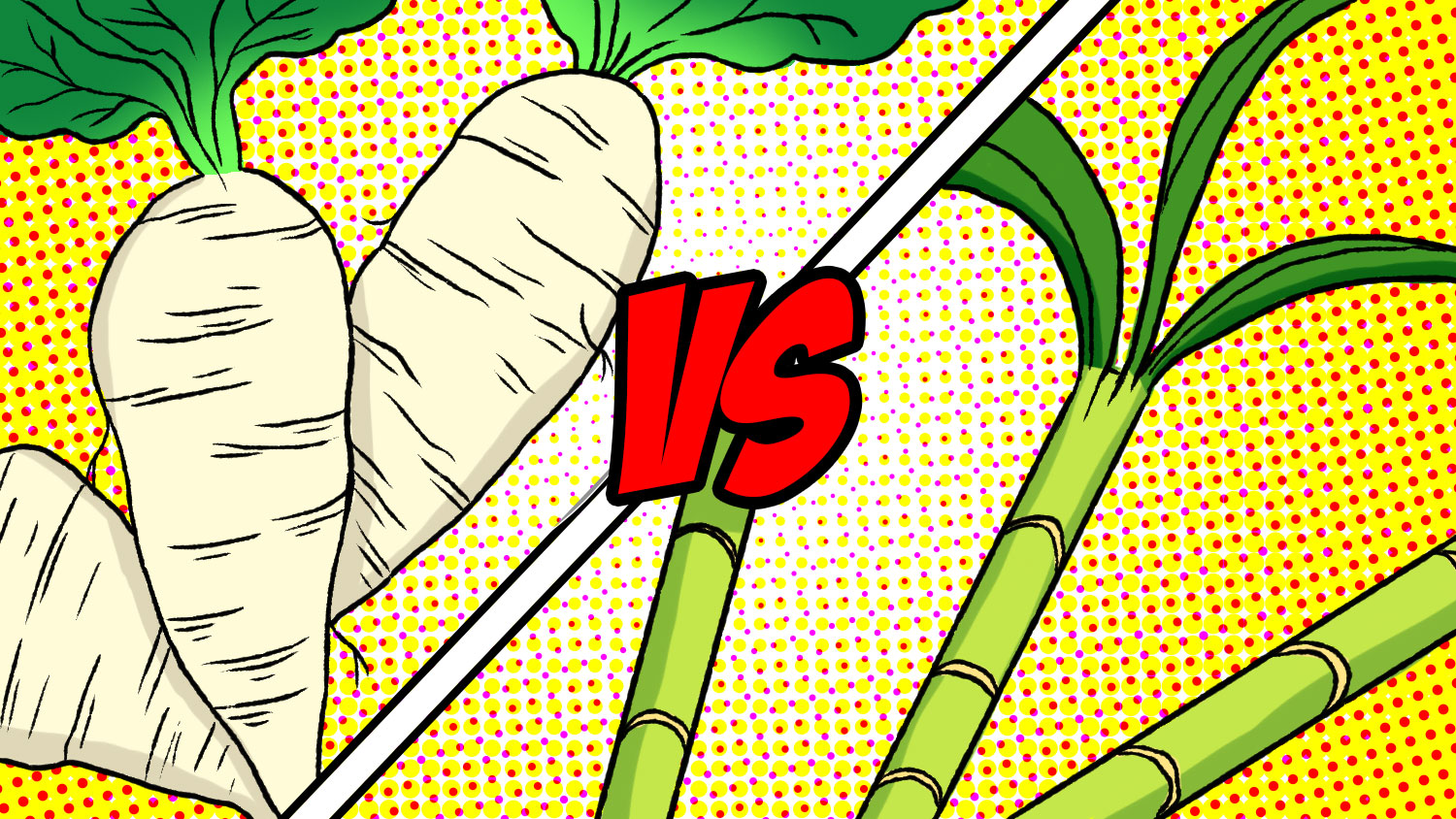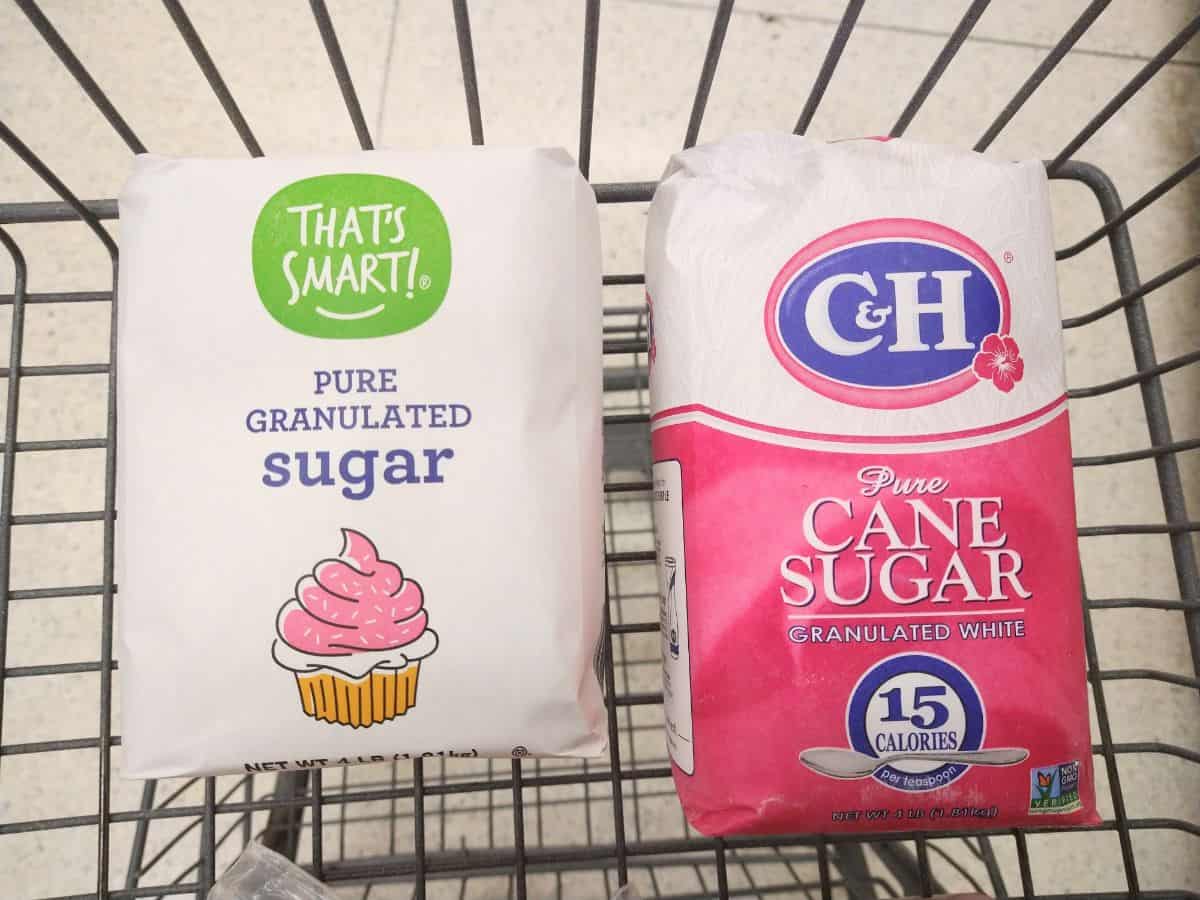The Great Discussion: Beet Sugar Vs Walking Cane and Their Effect On Wellness
The ongoing discussion surrounding beetroot sugar and walking stick sugar increases crucial inquiries regarding their corresponding health and wellness influences and wider effects for customer options. While both sweeteners share a comparable chemical composition, their beginnings and handling methods might affect not only nutrition yet likewise environmental sustainability. As health-conscious people weigh the benefits of each alternative, the ramifications of pesticide exposure and agricultural practices enter focus. This conversation invites us to take into consideration not simply the sweetness we pick, but the far-reaching effects of those options on our health and the world. What might this imply for future intake patterns?
Review of Sugar Sources
Sugar, an extensively eaten sugar, largely originates from two primary sources: sugar beets and sugar walking stick. These plants are cultivated in different regions worldwide, each adding to the worldwide sugar supply in distinctive ways. Sugar cane flourishes in tropical and subtropical climates, with significant producers including Brazil, India, and China. The plant is gathered for its stalks, which are then processed to draw out juice and take shape sugar.
Alternatively, sugar beetroots are mainly expanded in temperate areas, with substantial production in countries such as the USA, France, and Germany. The beets are harvested from the ground, cut, and based on a procedure that converts the removed juice right into granulated sugar. While both sugar sources ultimately generate sucrose, their farming practices, processing approaches, and geographical distributions vary considerably.
These distinctions can influence not just the ecological effect of sugar production yet likewise the economic elements of sugar pricing and profession. Understanding the origins of these sugar is vital for policymakers and consumers alike, as it lays the foundation for informed discussions concerning their health ramifications and sustainability.
Nutritional Contrast
When taking a look at the nutritional profiles of beet sugar and walking cane sugar, both sources share a similar composition as they mainly include sucrose. Sucrose is a disaccharide, composed of sugar and fructose, and is accountable for the sweet taste related to both sugars. The refining procedures for both beet and walking cane sugar return products that are predominantly pure sucrose, with minimal traces of vitamins, minerals, or various other nutrients.
In regards to calorie content, both beetroot and cane sugars supply around 4 calories per gram. Neither sort of sugar offers considerable dietary benefits past power arrangement, as they do not have important vitamins or minerals. Nevertheless, the existence of trace components, such as potassium, calcium, and magnesium, can vary somewhat in between both, mostly as a result of the agricultural practices and dirt conditions in which they are grown.
Additionally, the glycemic index worths of beet sugar and cane sugar are similar, suggesting comparable impacts on blood sugar degrees. Generally, from a dietary standpoint, beetroot and walking cane sugars are functionally equivalent, adding largely to calorie consumption without supplying considerable wellness benefits over each other.
Health And Wellness Effects
The wellness implications of consuming beet sugar and cane sugar warrant careful factor to consider, specifically given the rising prevalence of sugar-related health problems. Both kinds of sugar contribute similar caloric values and can lead to raised threats of obesity, kind 2 diabetes mellitus, and heart diseases when consumed over. The body sugars both metabolizes right into glucose, which can cause spikes in blood sugar level levels, causing insulin resistance in time.
While there is ongoing dispute concerning the glycemic index of these sugars, studies suggest that both can adversely affect metabolic health if eaten in huge amounts. beet sugar vs cane. In addition, the prospective existence of contaminants in check my blog beet sugar, such as pesticides from standard farming methods, raises more health and wellness concerns. Conversely, walking cane sugar, particularly when minimally processed, may offer a slightly extra positive profile as a result of its all-natural state
In addition, the usage of included sugars, despite the resource, is linked to adverse wellness outcomes, consisting of dental problems and fatty liver condition. For that reason, small amounts is essential, and people should be mindful of their total sugar intake from all sources, eventually prioritizing whole foods over added sugars click for more info for optimum health results.
Environmental Effect
Understanding the health ramifications of beetroot and walking stick sugar additionally leads to an assessment of their ecological influence, which can considerably affect farming sustainability and ecological balance. Both sugar resources have unique environmental footprints, shaped by their growing techniques and geographical demands.

In comparison, beetroot sugar is usually expanded in pleasant climates and typically includes varied crop rotations. This practice can boost dirt health and reduce reliance on chemical inputs. Nevertheless, intensive beetroot farming can likewise bring about nutrient depletion and insect stress if not managed sustainably.
Both sugar kinds present difficulties and chances for ecological stewardship. Promoting sustainable agricultural practices and accountable sourcing can minimize their influences, making certain that sugar production aligns with ecological conservation and lasting food protection.
Consumer Preferences
In the middle of expanding understanding of health and wellness and environmental issues, customer preferences for sugar types are increasingly affected by assumptions of health and wellness benefits, sustainability, and honest sourcing. Beet sugar and walking stick sugar each present one-of-a-kind attributes that attract different consumer demographics.
Health-conscious consumers frequently scrutinize the dietary profiles of these sugars, looking for options my link regarded as less processed or more all-natural. Walking stick sugar, frequently considered the traditional sugar, is in some cases preferred for its viewed purity and simplicity. On the other hand, beetroot sugar, which is frequently stemmed from genetically modified crops, deals with uncertainty among those worried about GMOs.
Sustainability is an additional considerable element influencing customer choices. As awareness of agricultural methods expands, several consumers select products that straighten with eco-friendly farming methods. Walking stick sugar manufacturing, specifically when sourced from sustainable ranches, can interest eco-conscious purchasers.
Ethical sourcing plays a crucial duty as well, with customers increasingly preferring products that sustain fair labor methods. Accreditations such as Fair Profession can enhance the attractiveness of walking stick sugar in the market. Eventually, customer choices are formed by an intricate interplay of wellness, ecological, and ethical considerations, driving demand for both beet and walking cane sugars in varied markets.
Verdict
Finally, the argument between beetroot sugar and walking cane sugar includes various elements, consisting of nutritional accounts, wellness effects, and ecological effects. beet sugar vs cane. While both sugars largely include sucrose and exhibit similar caloric web content, issues pertaining to chemical use in beetroot sugar and the eco-friendly effect of cane sugar monoculture warrant careful consideration. As consumers increasingly prioritize sustainability and health, informed options relating to sugar usage end up being necessary in advertising overall well-being and ecological stewardship
